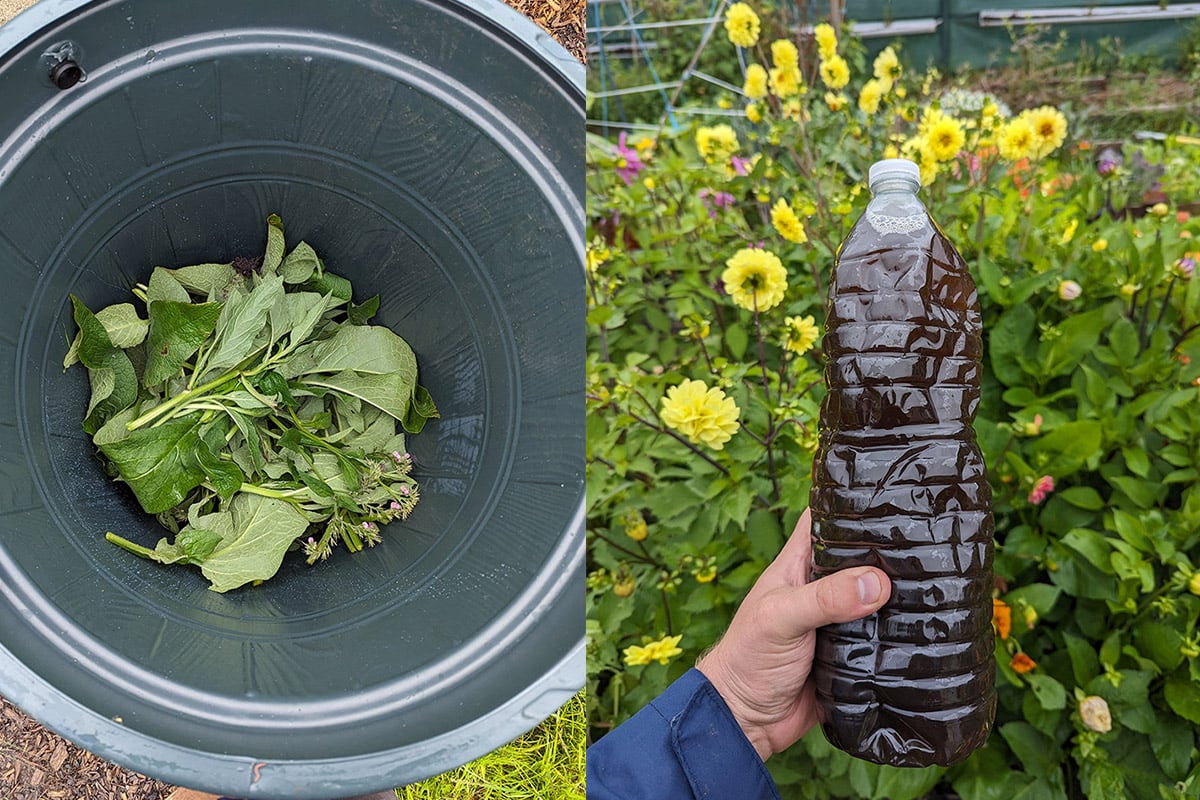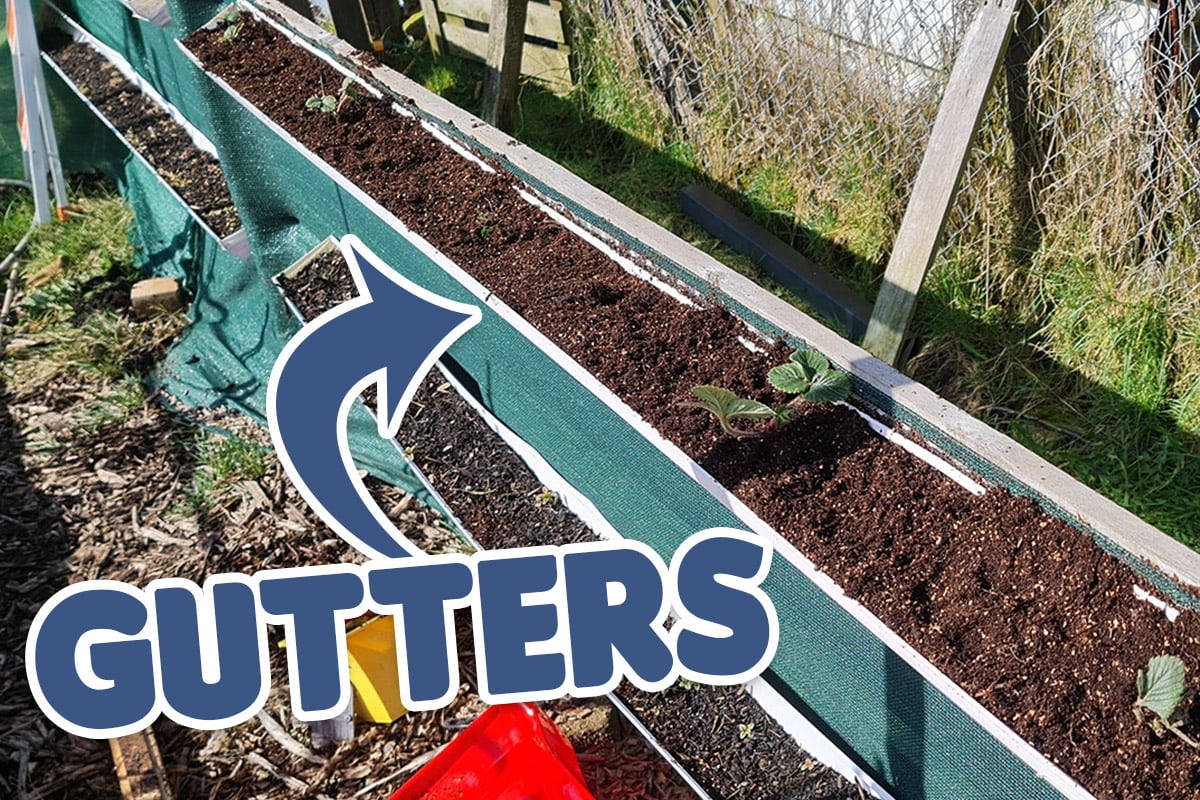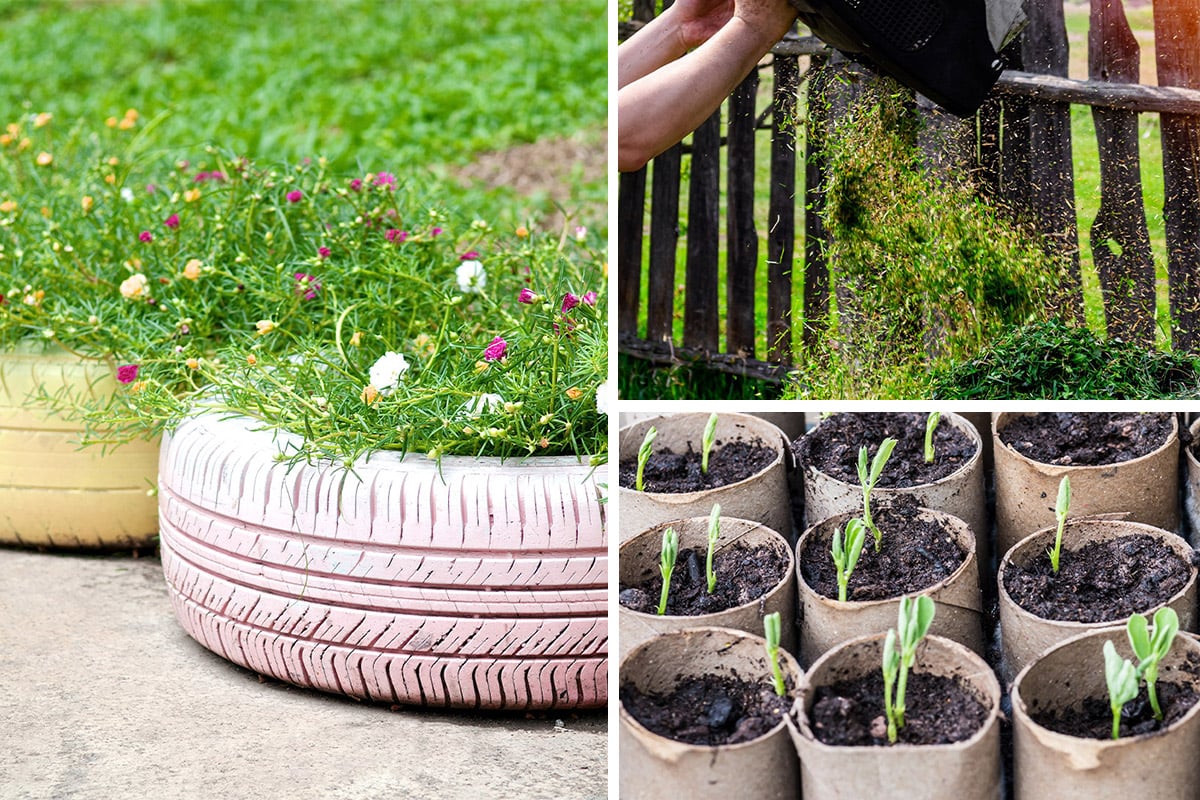May is a busy time on the allotment. The days are longer, the weather is warmer, and plants are growing quickly. This is the month when everything starts to take off. It is important to stay on top of your jobs to make the most of the growing season!
Sowing In May
May is a great month for sowing a wide range of vegetables. The soil is warming up, and there's plenty of daylight. Here are some crops you can sow this month:
- Beetroot: Sow directly into the ground in shallow drills. Thin the seedlings as they grow.
- Cucumbers: Sow in a greenhouse. By the end of May, you could sow directly outside.
- Runner beans: Soak the seeds and plant them directly or in pots. Support them with canes.
- Brussels sprouts: Sow in a seed bed or modules for transplanting later. This is the last chance to sow for a Christmas harvest.
- Lettuce: Sow little and often for a continuous supply. Choose a mix of varieties.
- Carrots: Sow directly into light, well-dug soil. Avoid stony areas to prevent forking.
- Peas: Sow in rows with some support for climbing varieties. I like to sow a new tray every few weeks for a continuous supply.
- Squash: Sow in the greenhouse. Transplant outside once the risk of frost is over.
- Cabbage: Sow summer or winter varieties depending on your needs. Sow in a seed bed for transplanting.
- Cauliflower: Sow in trays or modules to plant out later. Keep them well watered.
- Sweetcorn: Sow in the greenhouse. Wait for warmer soil later in the month and plant out in blocks.
- Chard: Sow directly or in modules. This crop is colourful and productive.
- Swede: Sow directly in well-prepared soil. Space them out to allow roots to develop.
- Broad beans, French beans, and runner beans all do well from a May sowing
Prepare Beds For Planting
Now is a good time to prepare beds for planting. Rake the soil to a fine tilth. Add compost or well-rotted manure if you have not done so already. This helps feed your plants and improve soil structure.
Many vegetables can be sown outdoors in May. Carrots, beetroot, radishes, turnips, and lettuce can all go straight into the ground. Sow seeds thinly in rows and cover them lightly with soil. Keep the ground moist until seedlings appear.
Harden Off Indoor Sowings
If you started seeds indoors earlier in the year, now is the time to harden them off. This means getting them used to outdoor conditions. Put them outside during the day and bring them in at night for a week or two. Then plant them out in their final positions.
Plant Out In The Greenhouse
Heat-loving crops like Tomatoes, courgettes, cucumbers, and peppers can all be planted out in the greenhouse in May. These plants are tender, so wait until all risk of frost has passed.
Keep an eye on the weather forecast. May can still bring cold nights. Use fleece or cloches to protect young plants if needed. Even a light frost can damage tender crops.
Plant Outdoors
May is the time to really get going with planting all your seedlings out into their final positions.
This is a good time to plant out brassicas like cabbages, broccoli, and Brussels sprouts. These plants like firm soil, so tread down the bed before planting. Use netting to protect them from pigeons and cabbage white butterflies.
You can also plant leeks, onions, and shallots. Set out onion and shallot sets in rows, spacing them well apart. Leeks can be planted using the dibbing method. Make a hole with a dibber, drop in the seedling, and water well.
Plant & Earth Potatoes
Keep your potatoes well earthed up. This means drawing soil up around the stems as they grow. It helps protect the developing tubers from light and frost. Check regularly and repeat as needed.
Keep Ontop of Watering
Especially this May! Keeping on top of your watering is an important task; seedlings dry out surprisingly quickly when the sun is out, and they are very vulnerable to drying out and dying.
Protect Strawberries
Strawberries will start to form fruits on early varieties. Protect them from slugs and birds. Use netting and straw around the plants. Check them regularly and pick ripe fruits to encourage more to form.
Feeding
May is also the time to think about starting feeding. Use a general-purpose fertiliser on leafy vegetables. Tomato feed is good for fruiting crops. Follow the instructions on the packet. Do not overfeed.
Watch Out For Pests
Watch out for pests. Slugs and snails are active in May. Use beer traps, hand picking, or pellets if needed. Check under leaves for aphids and squash any you find. Encourage natural predators like ladybirds.
Weed, Weed, Weed
Weeds will start coming back with vengeance in May. If you keep on top of them early you will enjoy the benefits all summer long. Fall behind early, and you will be in an uphill battle until winter.
You can also sow some herbs now. Parsley, dill, coriander, and basil can all be sown in pots or directly into the ground. Keep them watered and harvest little and often.
Flowers can be sown or planted to attract pollinators. Nasturtiums, calendula, and marigolds are all good choices. They bring in bees and butterflies and can also help deter pests.
Keep paths clear and tidy. This makes it easier to get around your plot and reduces places for pests to hide. Lay down wood chip or mow grass paths regularly.
Take time to enjoy your plot. Watch how things grow and note what does well. Keep a diary of what you planted and when. This will help you plan future seasons.
May is a month full of activity and promise. If you keep on top of your jobs now, you will set your plot up for a productive summer.





smortergiremal says
I¦ve recently started a website, the info you offer on this site has helped me tremendously. Thanks for all of your time & work.